
The beauty of the wooden board when preparing meat
There are those special moments in the kitchen that you can almost touch. A freshly sharpened knife in your hand, a juicy piece of meat in front of you, and the pleasant feel of wood beneath your fingers—warm, vibrant, and full of stories. The enjoyment begins long before the meat reaches the plate. Therefore, in my opinion, wood is the ultimate material for a cutting board. It's not just functional, it has a soul.
Wood: The silent companion with history
Wood has been an essential part of every kitchen for centuries. From simple farmhouse kitchens to magnificent mansions, a high-quality wooden board has always been more than just a simple tool; it has been a symbol of durability and appreciation. The growth rings of a tree tell their own story. When you run your knife across a solid wooden board, you become part of this centuries-old tradition. It feels like bringing a piece of nature directly into your kitchen.
A haptic experience that inspires
Wood feels different from other materials. It doesn't clink coldly like glass, and it doesn't feel soulless like plastic. Instead, it's warm, organic, and vibrant. When the knife glides over the wood grain, it creates a gentle sound that's almost meditative. The scent of freshly sanded wood and the delicate texture beneath your hands connect you to the preparation of your food on a whole new level.
Perfect for meat – for good reason
Wood is soft enough to protect your knife's blade, but also hard enough to hold the meat firmly in place. Especially with delicate cuts of meat like fillets or juicy steaks, the slightly yielding surface of the wooden board ensures that the meat retains its shape and doesn't "tear." This contributes to a pleasing appearance for both the eye and the palate. Additionally, certain types of wood, such as oak or walnut, offer natural antibacterial properties, making them not only more attractive but also more hygienic.
A statement for sustainability
In a world increasingly dominated by plastic, wood represents sustainability. It is renewable, biodegradable, and durable. A well-maintained wooden board can last a lifetime, symbolizing an environmentally friendly alternative to modern materials like bamboo, glass, or plastic.
Odorless and long-lasting
Unlike plastic boards, wooden boards are resistant to absorbing food odors and colors. This is especially true for high-quality hardwoods. With proper care, a wooden board will remain not only hygienic but also visually appealing, without cracks or warping.
A personal ritual
Caring for a wooden board can become a small ritual act. After a successful evening of cooking, I take the time to gently clean the wood and then oil it. The scent of the oil, which absorbs into the wood grain, is soothing and restores the surface to its former glory.
That certain something: Wood lives
There's a little secret about wood: It influences the cooking experience in ways that can be felt but are difficult to describe. The grain of the wood gives each workspace a unique character, and even the scent of the wood can subtly influence the flavor of the meat. Perhaps that's why a steak cooked on a wooden board simply tastes better—aided by the wood's natural texture.
Conclusion: More than just a board
A wooden cutting board is much more than just a kitchen tool. It's a companion, a piece of nature that actively participates in the kitchen. Not only does it protect your knives and preserve the quality of your meat, but it also impresses with its timeless beauty. Next time you choose a cutting board, remember: wood isn't just practical—it's a conscious choice for style, sustainability, and passion. Choose a wooden board that suits you and bring a touch of elegance and authenticity to your kitchen. Because if you treat your meat with respect, you should also treat the board it rests on with respect.
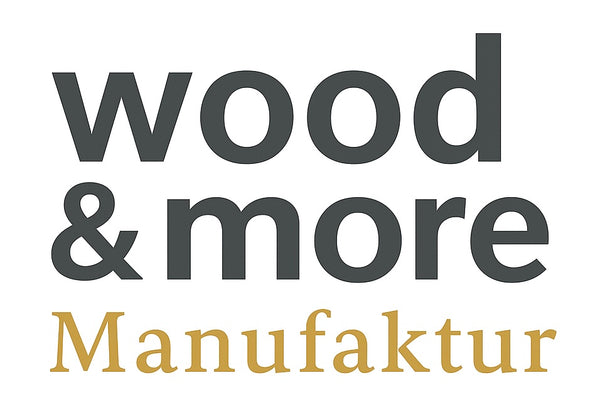
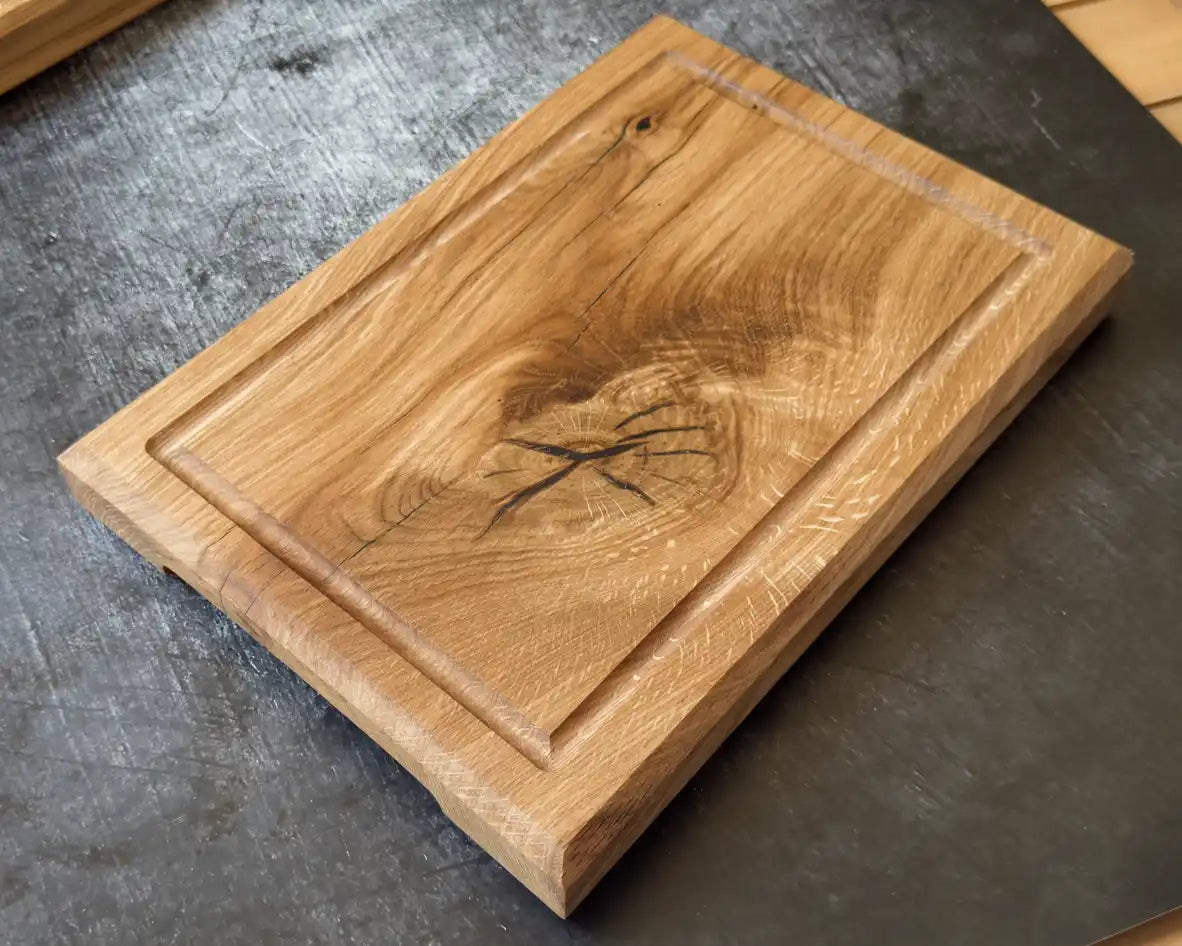
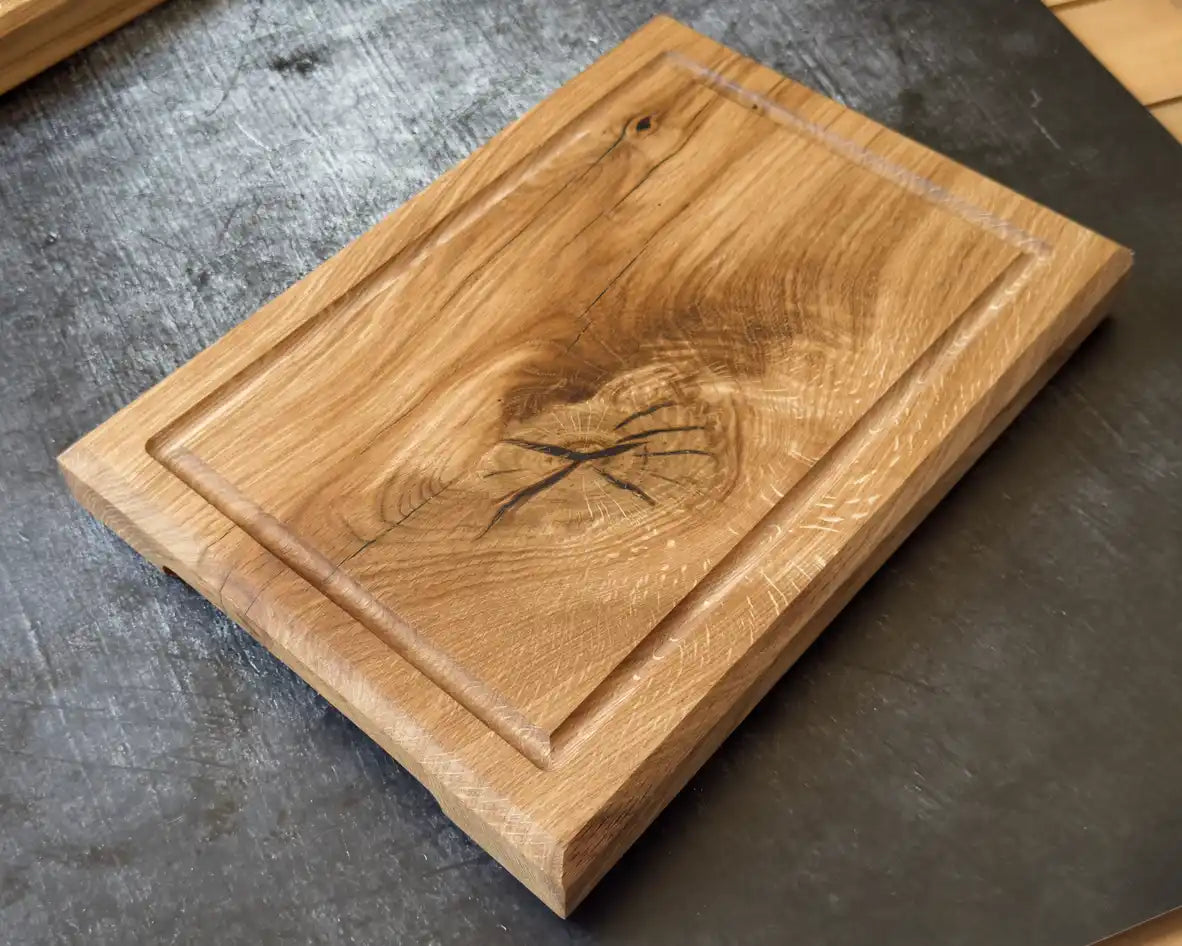

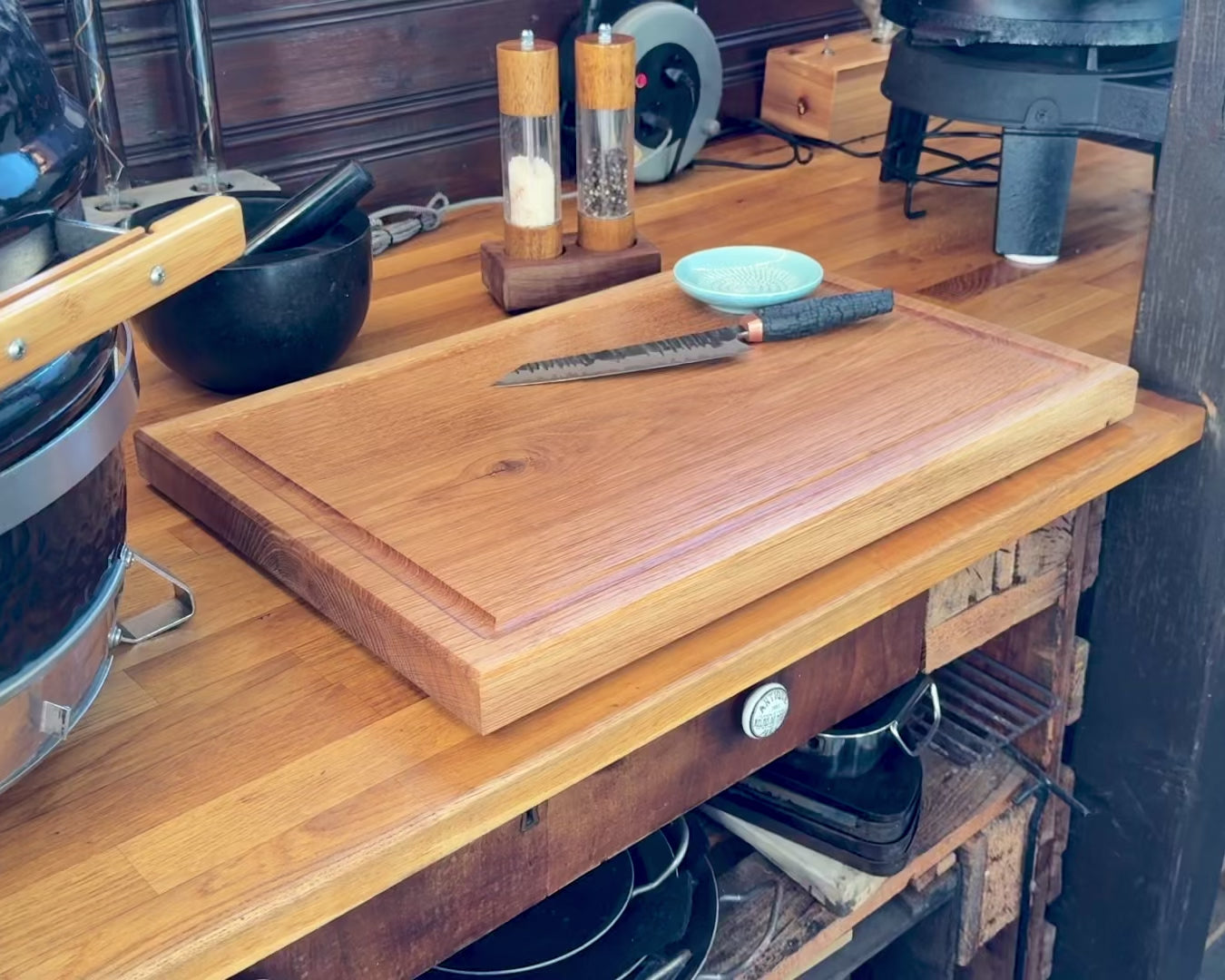














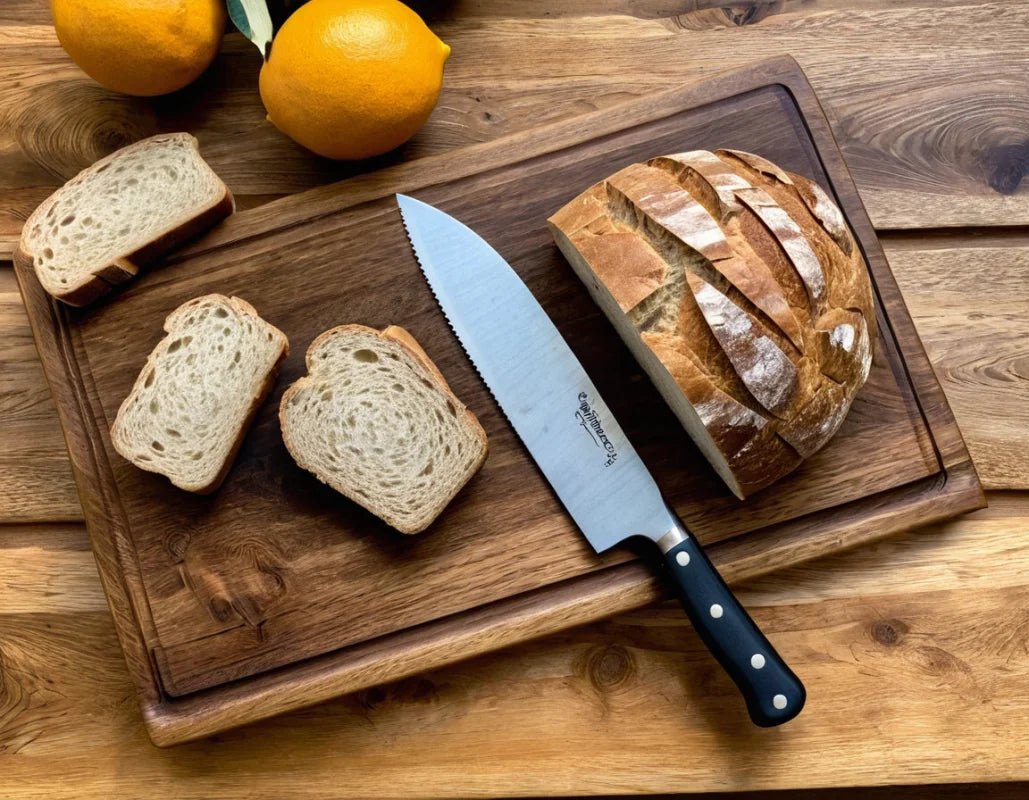
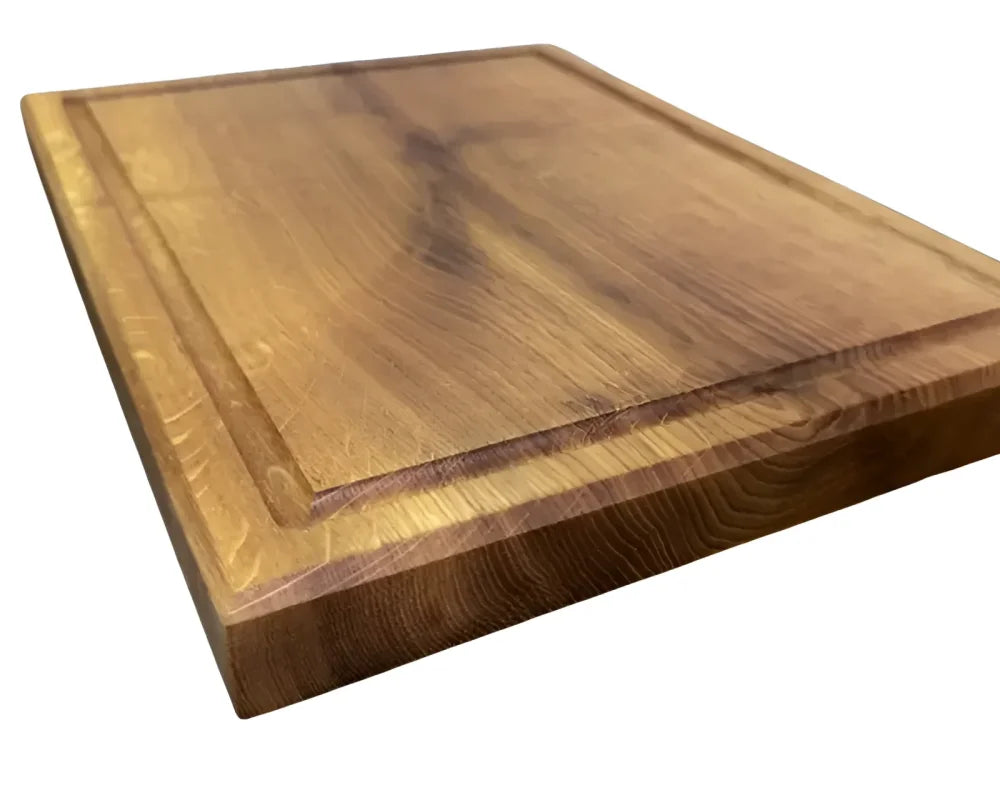
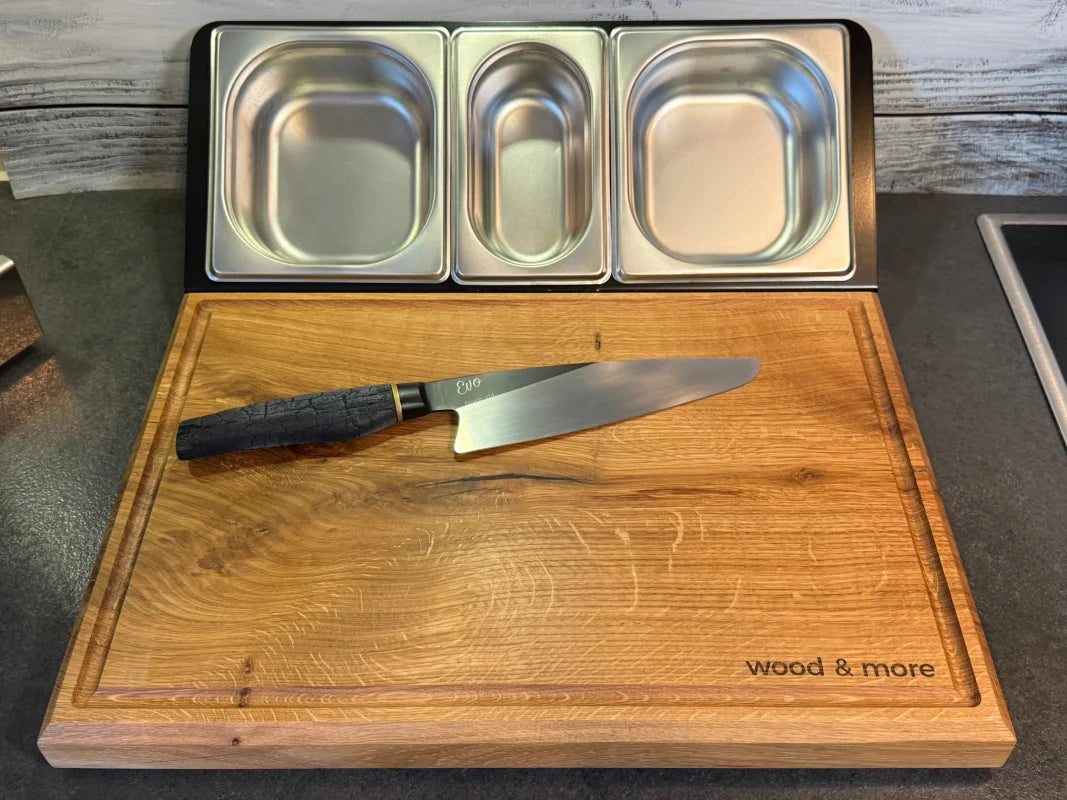
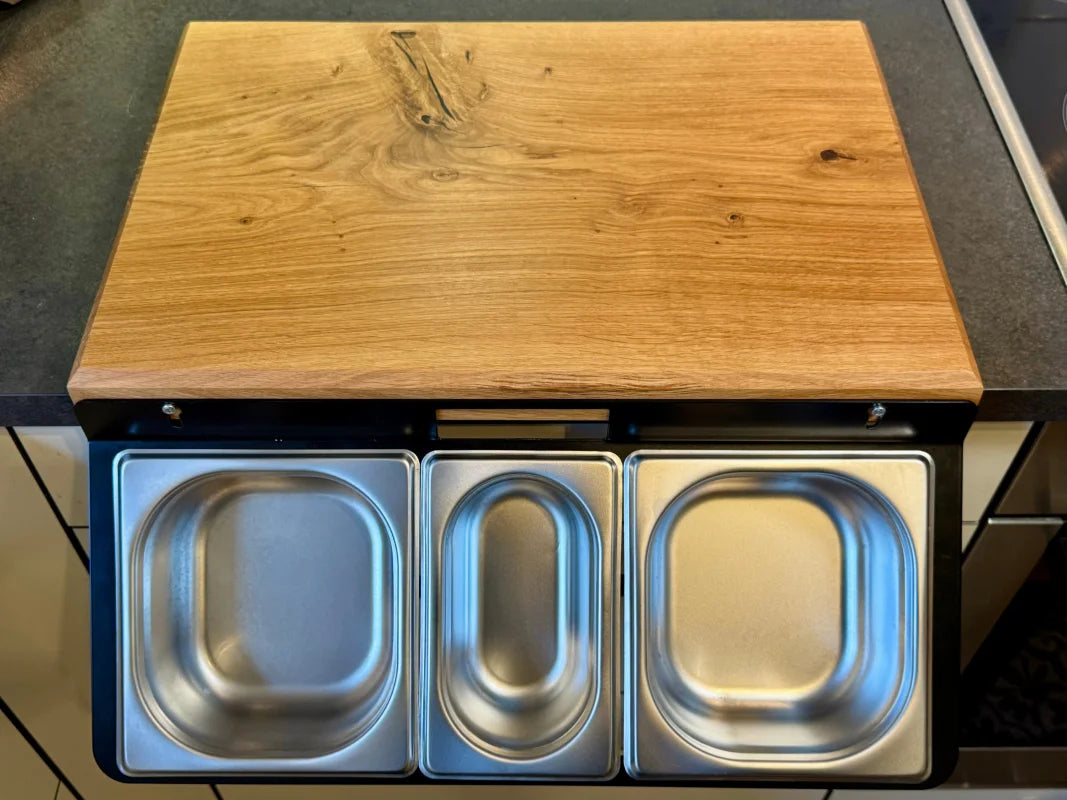
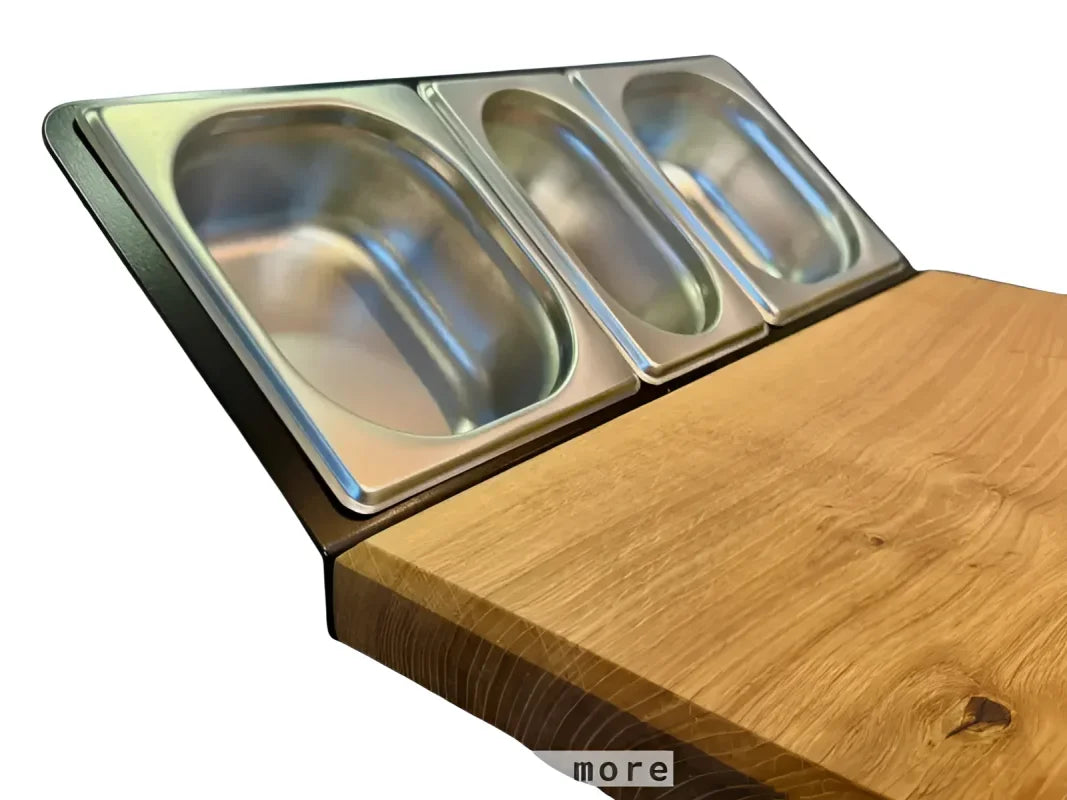












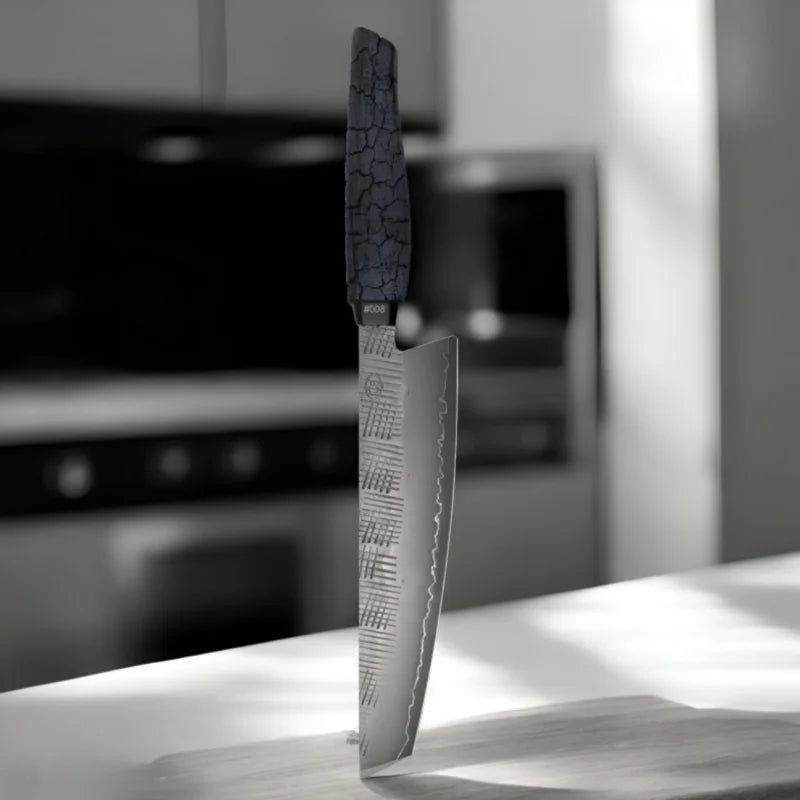
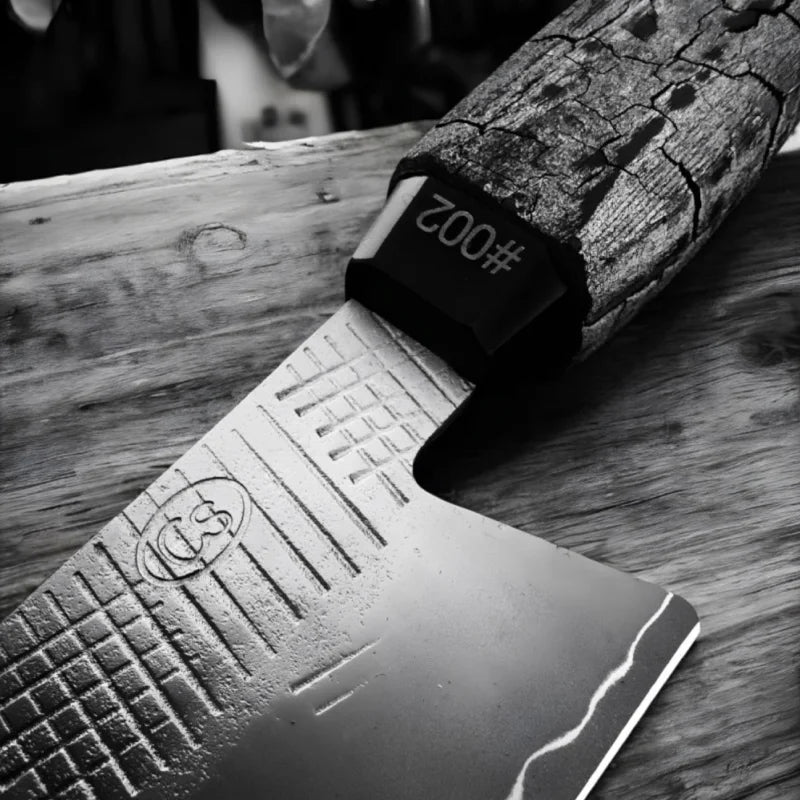
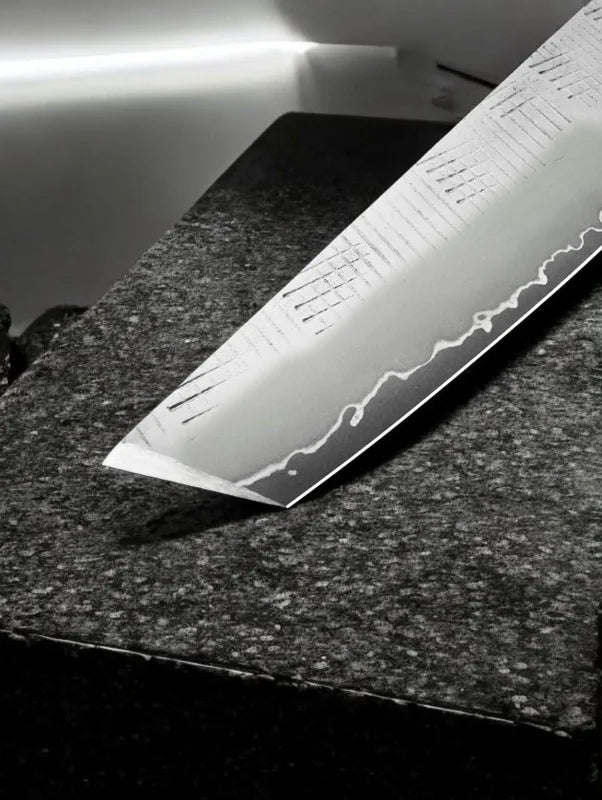









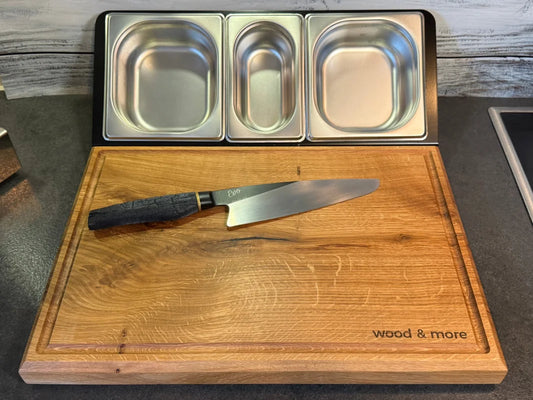
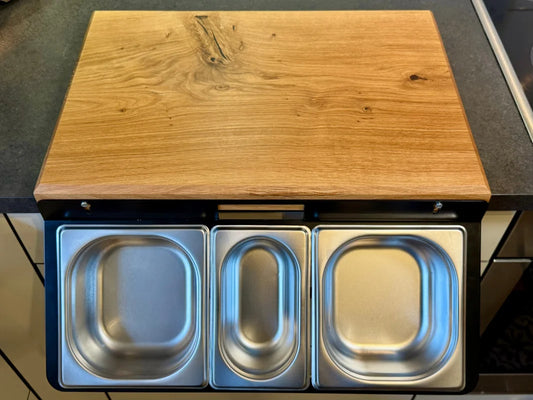 >
>
 >
>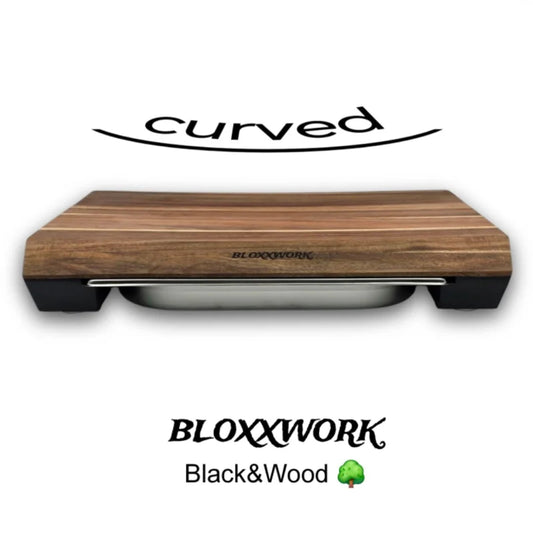
 >
>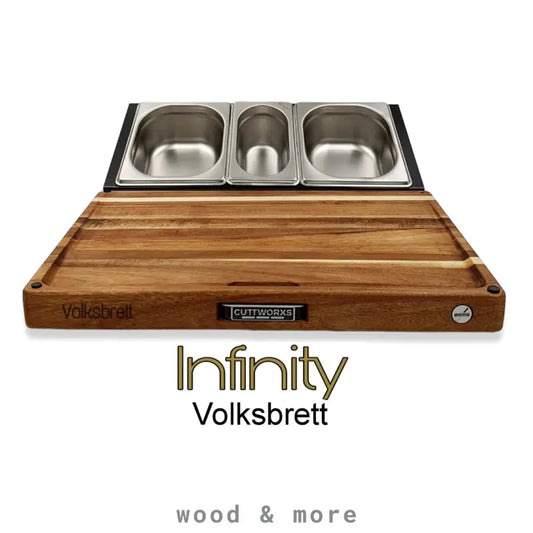
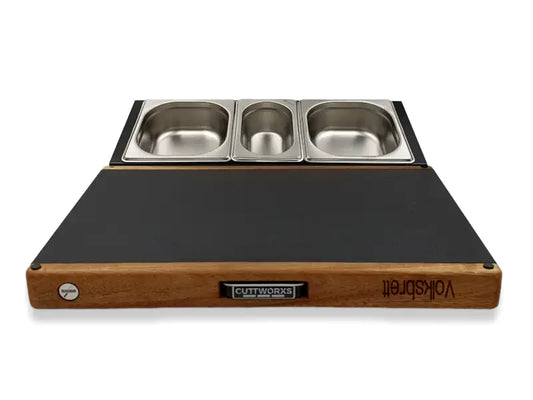 >
>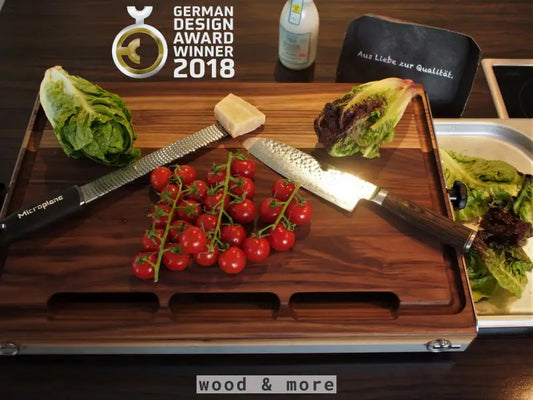
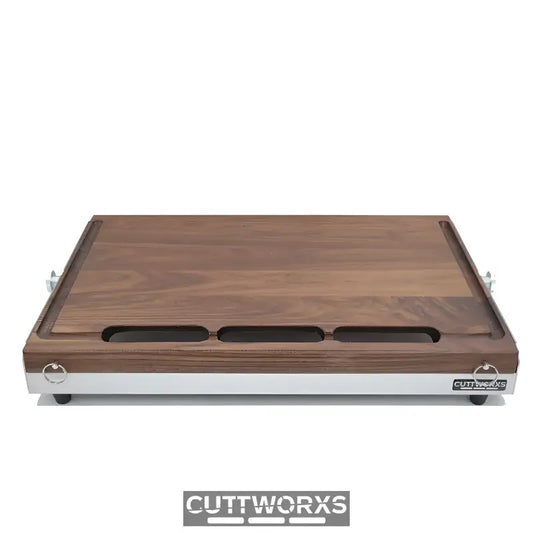 >
>
 >
>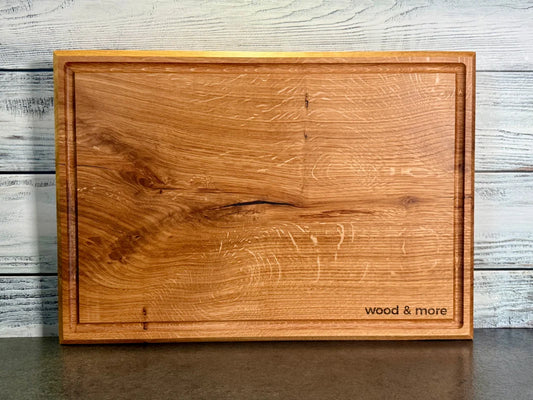
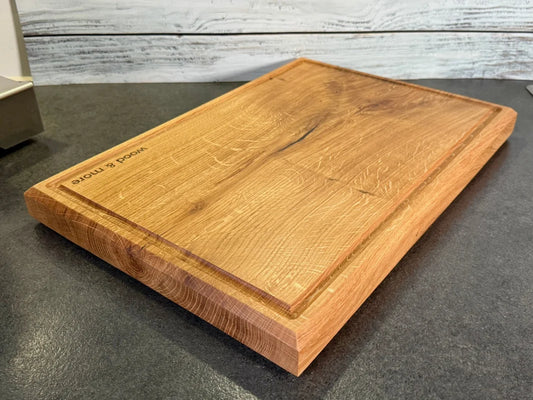 >
>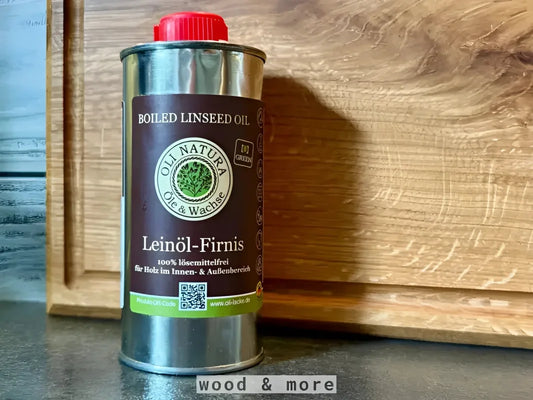
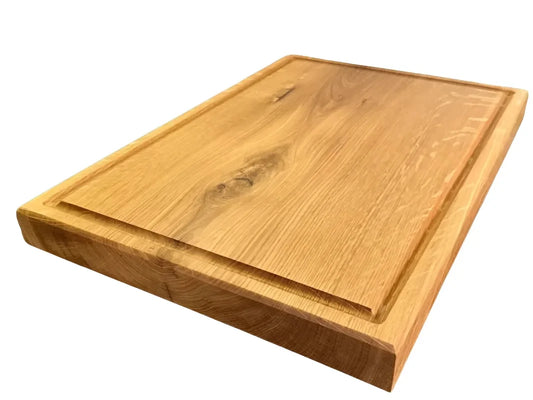 >
>